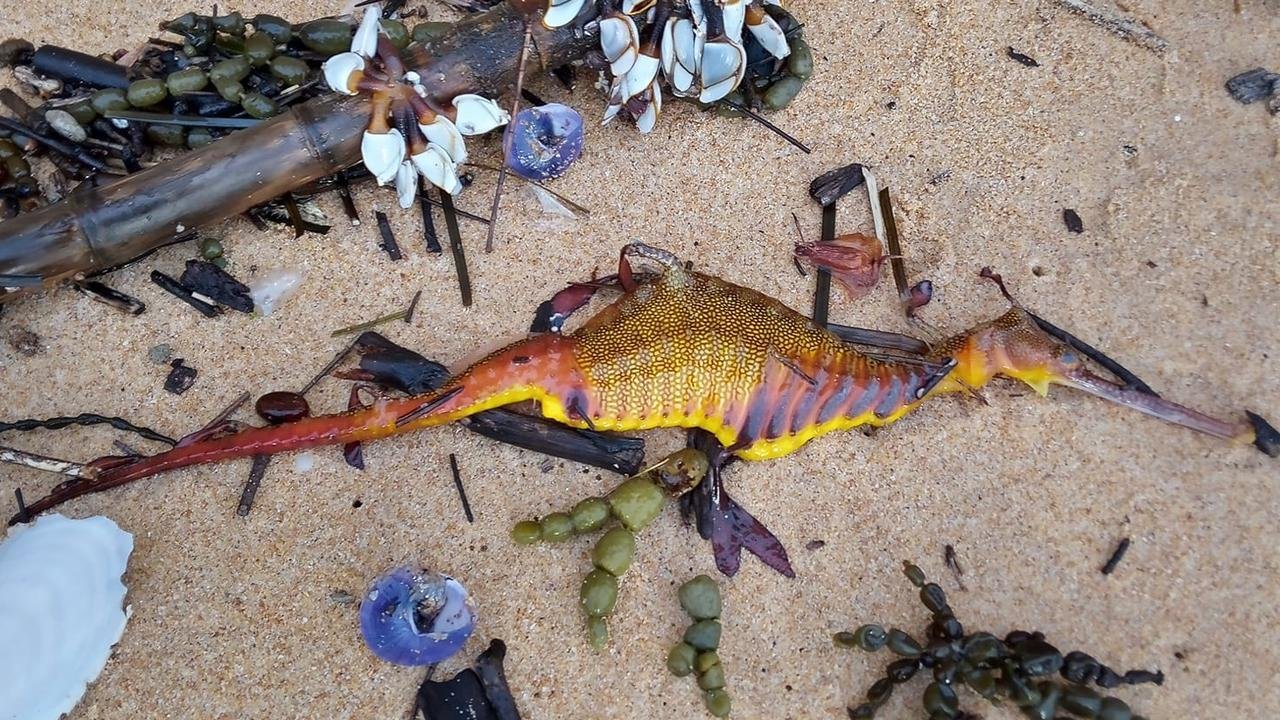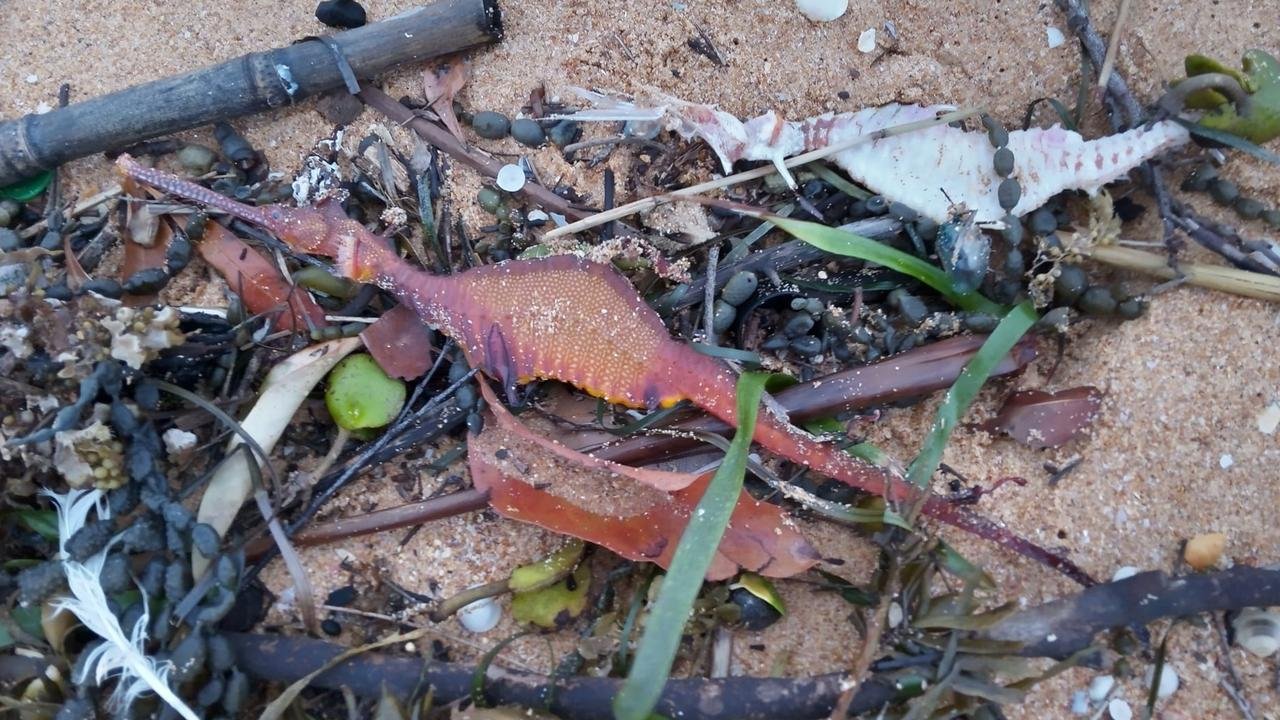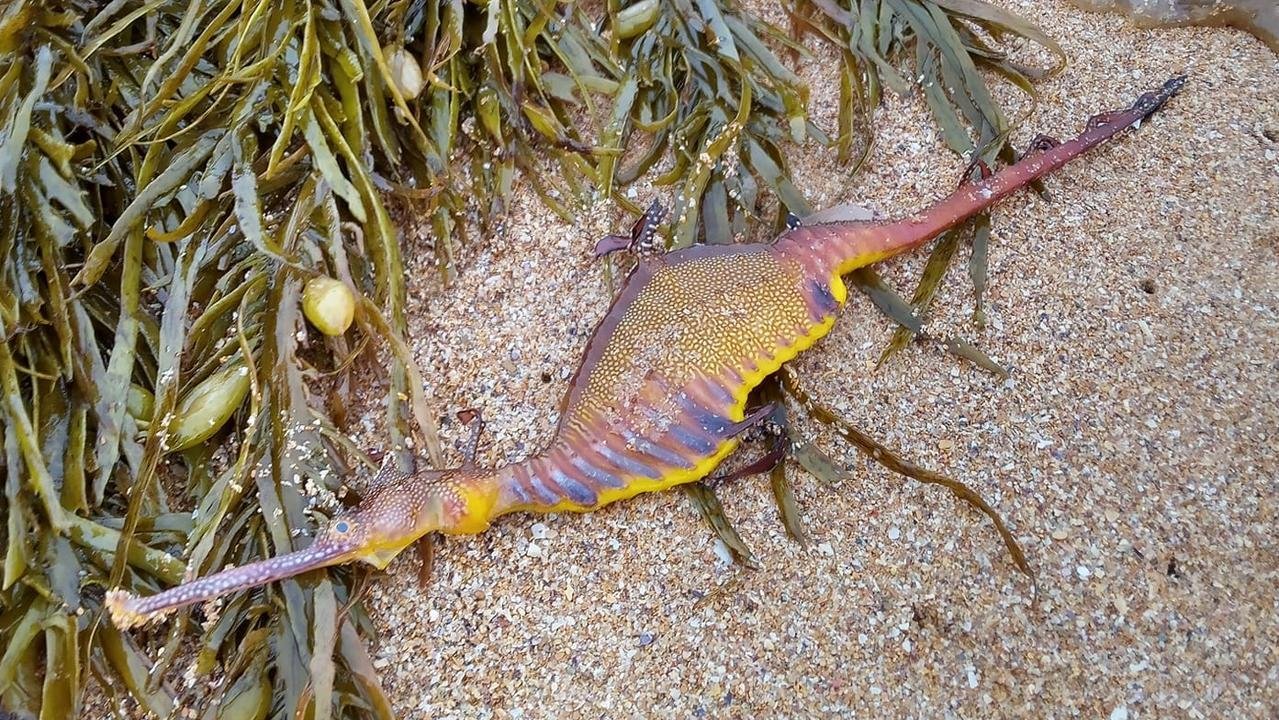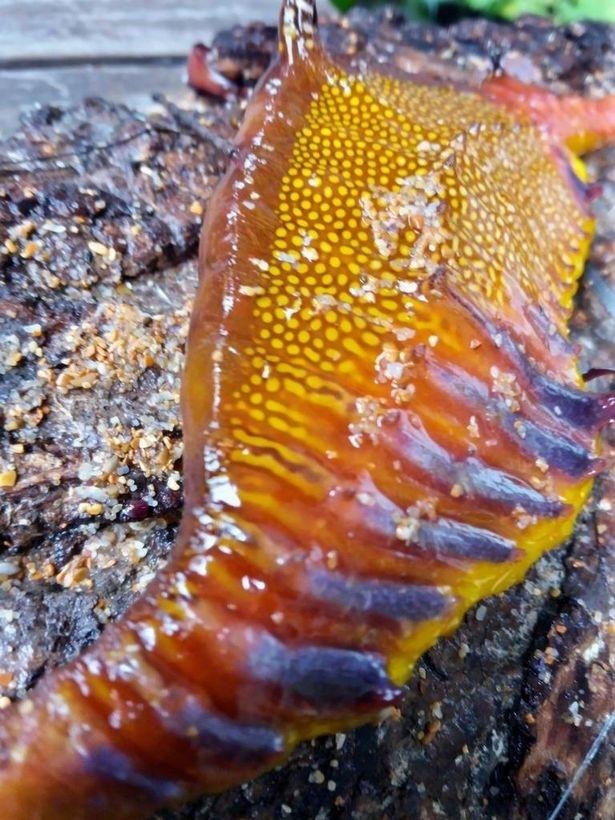French amateur archaeologist, Francis Tully was probably not expecting to stumble upon one of the most alien-looking creature that has ever lived, when he was out on a walk near the banks of Mazon Creek, Illinois, in the year 1955. However, two rocks he found among piles of coal shale, that had cracked open from natural weathering, were hiding something that would leave scientists baffled for the next 60 years.
The fossil he found was holding the shape of a creature that he had never seen before. When Tully took the fossil to The Field Museum of Natural History, the paleontologists were just as puzzled about the extraordinary little creature.
”We could not even decide what phylum to put it in, and that was a serious and embarrassing matter”, wrote E.S. Richardson Jr., the curator of fossil invertebrates at the museum.
Scientists were hoping that once more specimens are found, someone would be able to identify their phylum. Although it didn’t take long for more of them to be found throughout central and western Illinois, and even the museum had a few hundred fossils at that point, scientists still couldn’t agree on what kind of animal this mysterious creature could be. Even more interestingly, the fossil is so unique to the area of Illinois, that it was never-ever found anywhere else.
Almost 10 years passed after its discovery, and the creature still wasn’t formally introduced to the public. This was due to the fact that scientists still weren’t able to find out much more about it. By 1966, Richardson couldn’t stall any longer, so he wrote a paper and officially named the creature what everyone was calling it, anyway. He called it Tullimonstrum gregarium, aka. the Tully monster.
”I was very pleased,” said Francis Tully. ”Darned right.”
Richardson was able to speculate that the Tully monster was quite likely an aquatic animal that lived near the shore of the Sea of Illinois, around 307 million years ago. Their claw-like mouth at the end of a long neck was filled with sharp teeth. All this extended from a slender, torpedo-like body, with eyes growing out of short stalks on the back area. Their body didn’t reach enormous sizes; the largest specimen ever found only reached one foot.
It is believed that the Tully monster used the long proboscis on their head to grasp prey. However, it’s unclear what kind of prey these nasty jaws were hunting for.
In the coming decades, the classification of the Tully monster became the subject of debates within the scientific community, with many attempts made to assign it to its proper phylum. While some scientists classified it as some sort of soft-bodied invertebrate, such as a slug or snail, others believed that it actually belonged to the group of vertebrates.
In 2016, a team of paleontologists from Yale University believed they had determined what this animal was. They came to the conclusion that it’s a vertebrate, and lamprey could be its closest relative. After examining the fossils with every possible analytical technique, the team concluded that the Tully Monster had gills and a rudimentary backbone that supported its body.
A year later, though, a different team of researchers was conducting their study on the classification of the Tully monster as well, and their results stated quite the opposite. The scientists rejected the identification of the Tully monster as a vertebrate.
Even though we might never be able to conclusively classify the Tully monster, it’s definitely one of the most interesting creatures we’ve ever seen. So much so that in its home state of Illinois it became a huge superstar. In 1989, it was officially designated as the state fossil, and it’s even featured on local U-Haul trucks.
People are still visiting the monster’s former habitat at Mazon Creek in the hopes of finding their own Tully fossil, just as Francis Tully did in 1956.
















